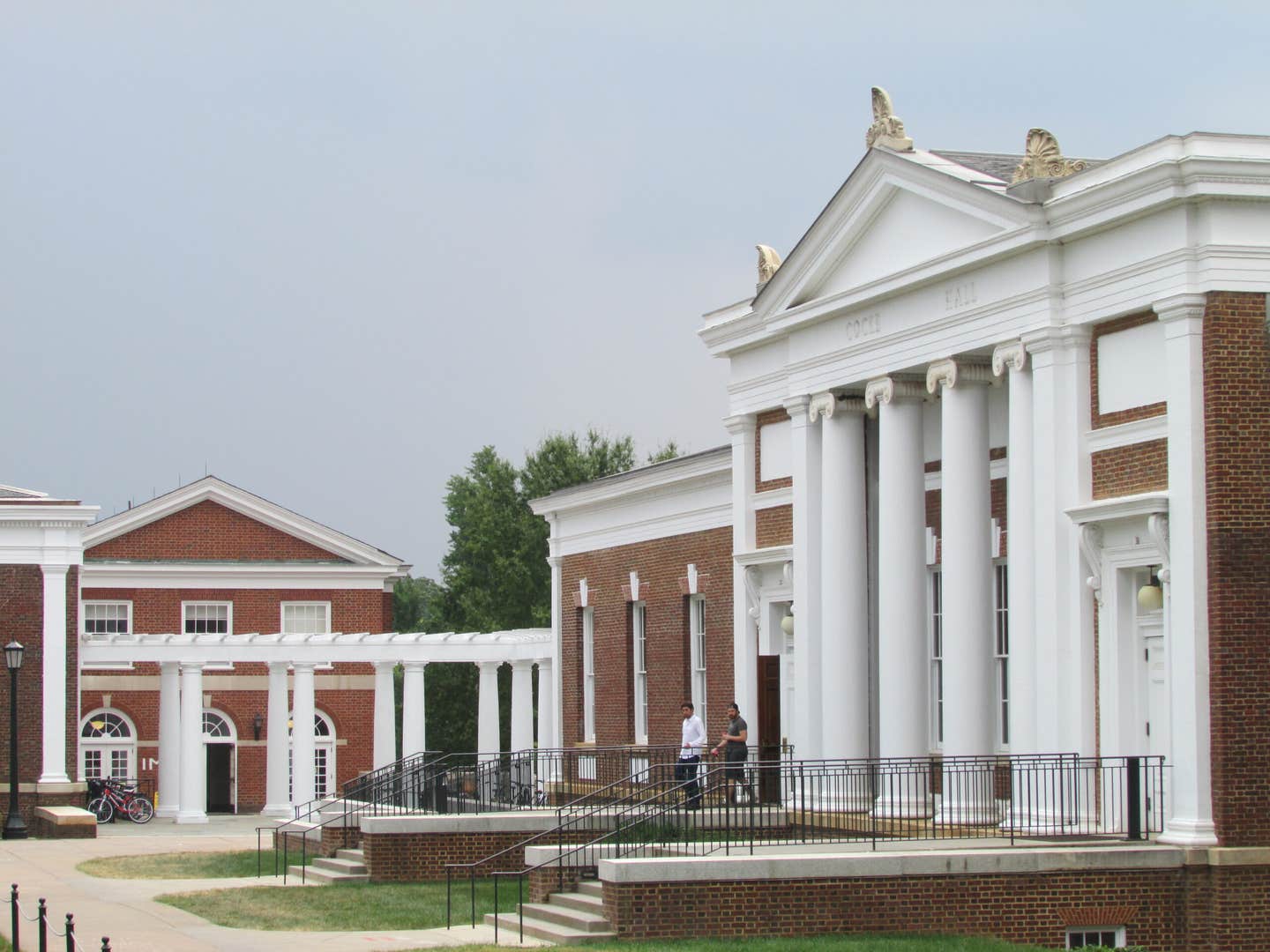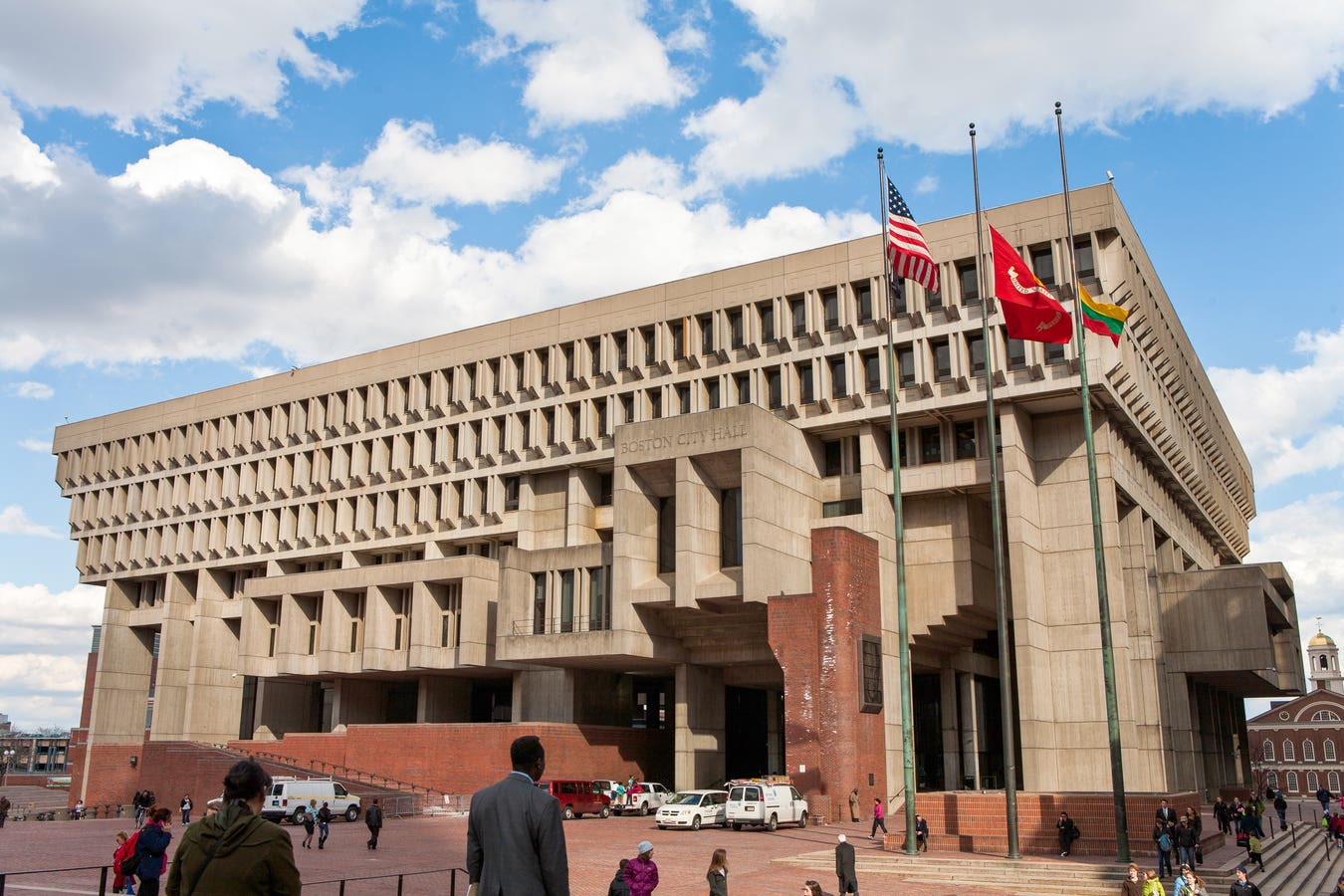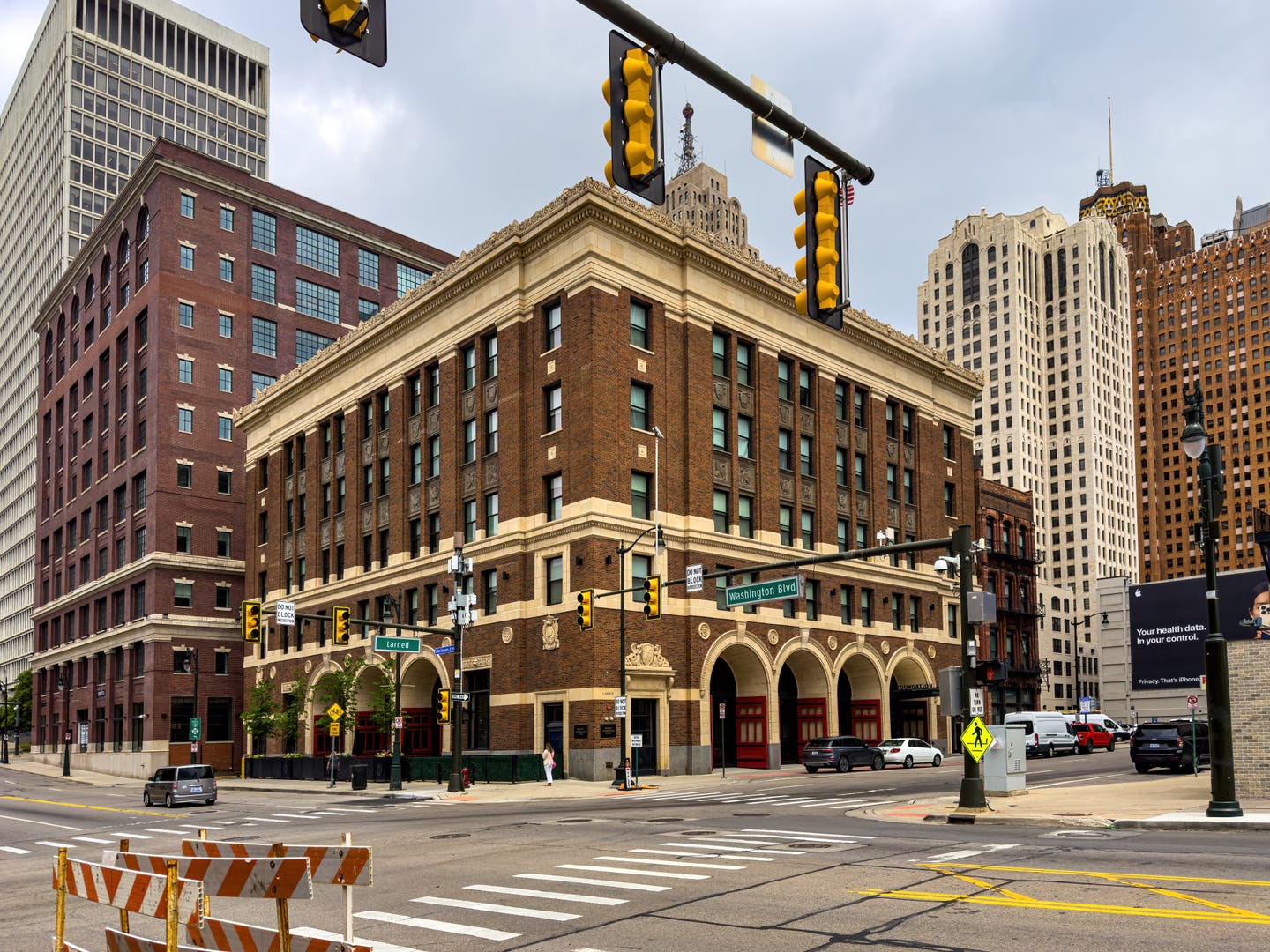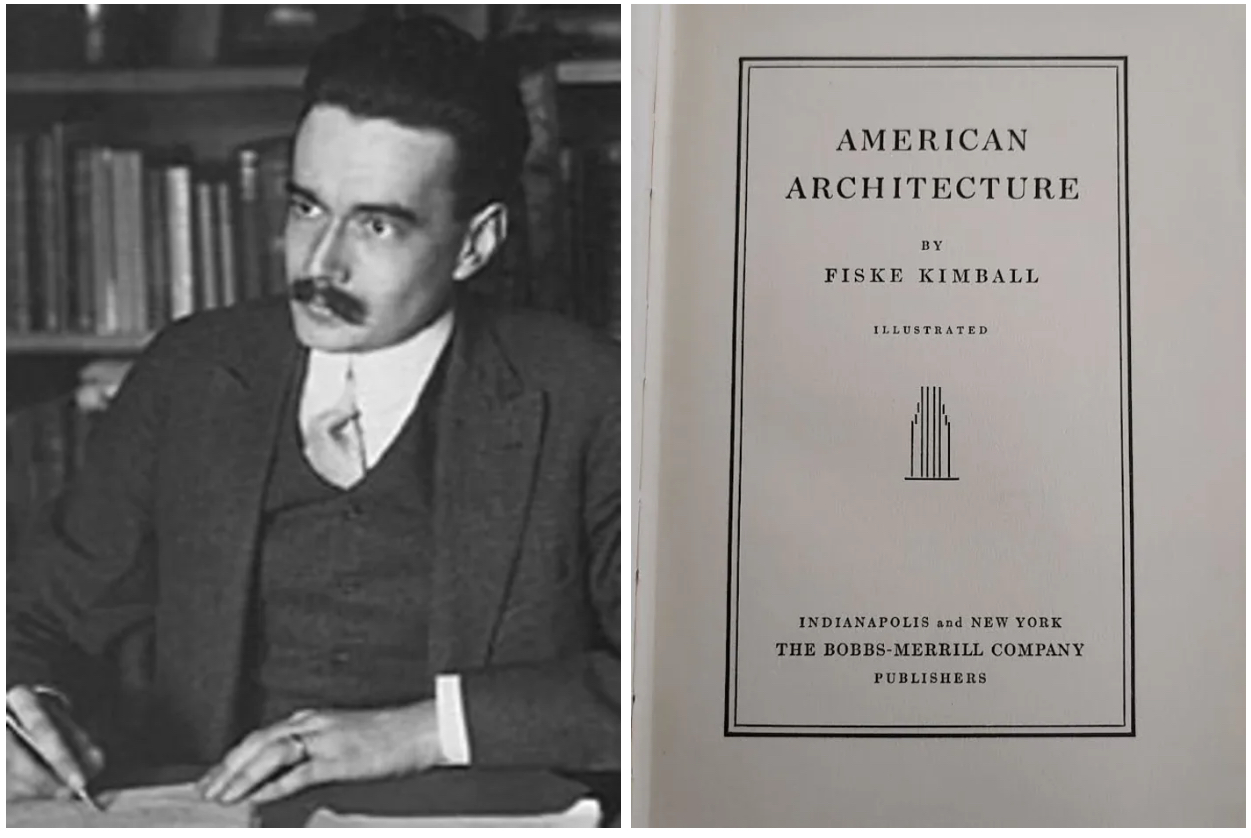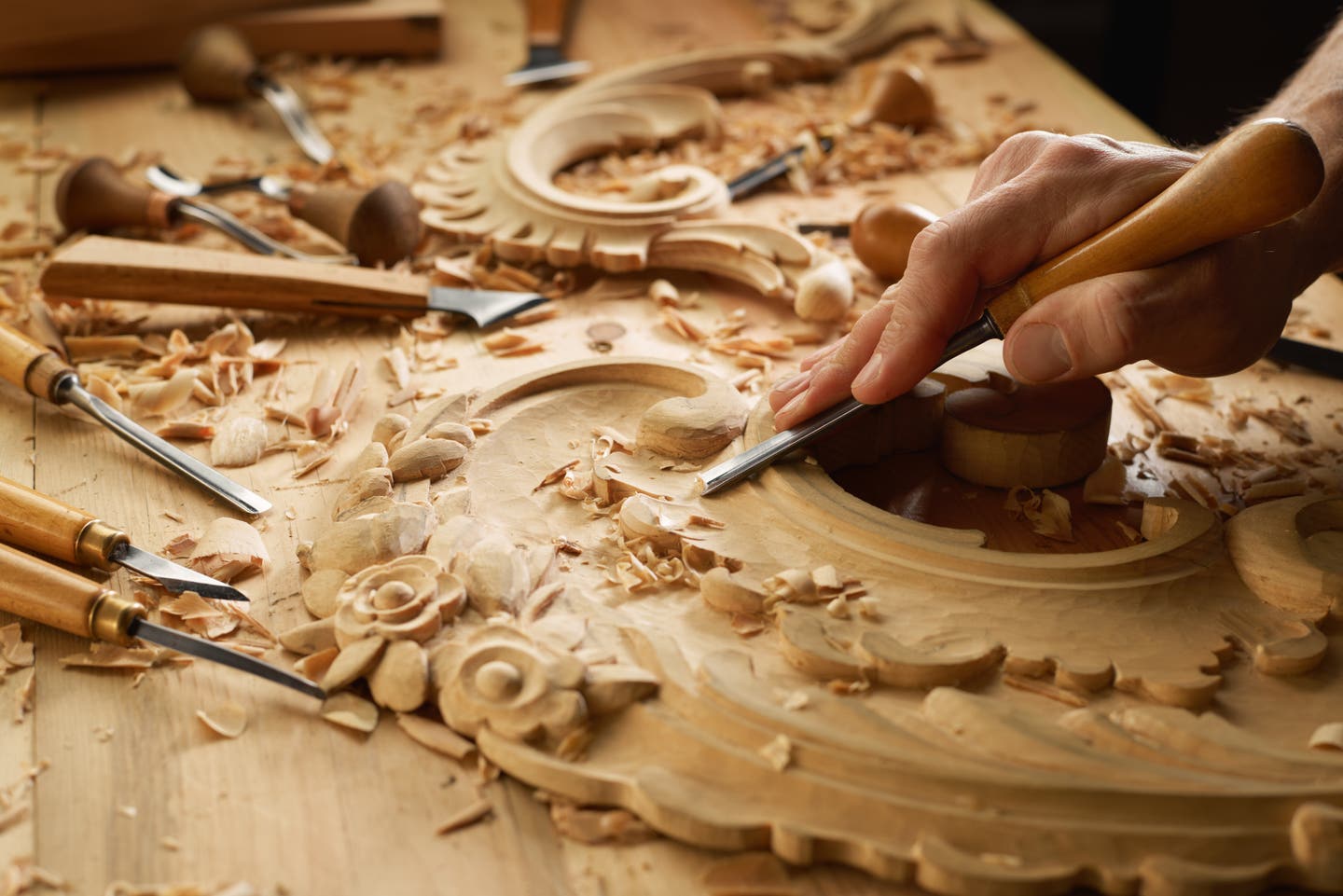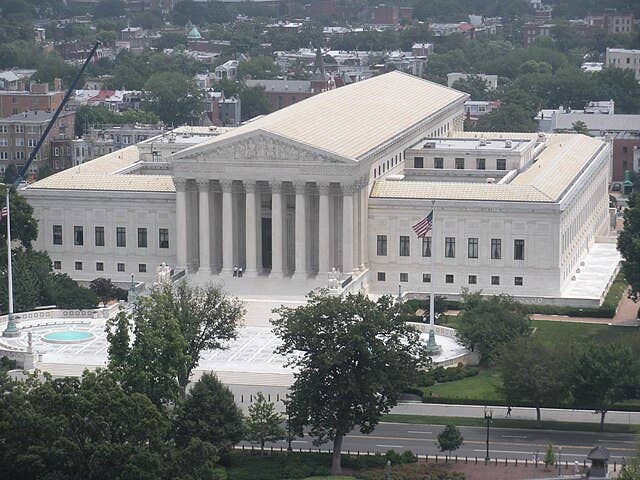
David Brussat
Rebuilding Notre Dame: What’s the Rush?
Right out of the box, France announced an international competition to determine whether and how to rebuild the roof and spire of Notre Dame, destroyed by fire on April 15. French President Emmanuel Macron wants the job done by 2024, in time for that year’s Summer Olympic Games in Paris.
And why not? Athletes arriving to compete at the 850-year-old historic venue in the roof-jumping, spire-climbing, bell-ringing, tower-mounting, boulder-throwing, and pitch-pouring events must familiarize themselves with the dimensions of the rebuilt cathedral before competition in their respective events actually begins.
Seriously, why must repairs to a cathedral that took centuries to build during the Middle Ages be rushed to completion in just a handful of years?
According to 1,170 international architects, conservationists, and historians who signed a petition that ran in Le Figero on April 29, five years drastically underestimates the time required to do the job responsibly. Among other things, experts cited a need to train hundreds of additional stonecutters, carpenters, ironmongers, and roofers. Nevertheless, the Associated Press reported that “France’s government presented a bill aimed at speeding up the reconstruction of Notre Dame that would allow workers to skip some ordinary renovation procedures.”
Indeed, the language of the officials who announced the competition suggests ominous explanations for the rush job that seems to be in the works. The competition could be framed so as to seek, in the words of Macron’s premier, “a spire suited to the techniques and challenges of our time.” The president’s promise to rebuild the cathedral “even more beautifully” could suggest a bias at the Élysée Palace for a modernist reconceptualization of the roof and spire, and against a historical replication of the work done in the mid-1800s by master restorer Eugene Viollet-le-Duc.
Leaving aside Macron’s silly Olympic deadline, the chief rationale for such a short period might in fact be to grease the skids for a proposal that could shorten the timeline by substituting a quickie modernist clip-on, paint-by-numbers renovation scheme for a time-consuming adult restoration.
British architect Norman Foster stepped quickly into the breach with a glass-and-steel proposal quite modest compared with other proposals. Foster told The Guardian that “the decision to hold a competition for the rebuilding of Notre Dame is to be applauded because it is an acknowledgment of that tradition of new interventions.”
Hardly. Restoring an icon damaged by fire or natural disaster calls for an approach that leans toward retaining its historical character. A more liberal approach might, on the other hand, arise from the management of its safety systems, climate controls, code requirements, technological upgrades, or even design enhancements. Notre Dame epitomizes the former approach, which naturally invites, though it may not demand, the use of improved techniques in construction and safety, and even innovative approaches to replicating historical character, as Viollet-le-Duc recognized.
As described so far by the French authorities, the international competition is entirely consonant with this historical approach. Yes, their language can be interpreted, as shown above, to suggest a modernist approach. But the bulk of public opinion in France seems to support a traditional rebuild—perhaps because modernist architects have long demonstrated, in the additions they design for traditional buildings, that they are incapable of subverting their egos to the modesty required by respect for historical character.
Duncan Stroik, celebrated for his ecclesiastical designs, including work in the Gothic tradition, offers two reasons, in “Why Rebuild a Gothic ‘Addition’ to Notre Dame?” for The American Conservative, why modernists today should not be trusted to restore Notre Dame: “First, because Viollet’s spire is a great work of architecture on a world heritage site, and secondly because most contemporary architects couldn’t design Gothic to save their life.”
That may be the understatement of the week. No need to rush. Do it right.
For 30 years, David Brussat was on the editorial board of The Providence Journal, where he wrote unsigned editorials expressing the newspaper’s opinion on a wide range of topics, plus a weekly column of architecture criticism and commentary on cultural, design and economic development issues locally, nationally and globally. For a quarter of a century he was the only newspaper-based architecture critic in America championing new traditional work and denouncing modernist work. In 2009, he began writing a blog, Architecture Here and There. He was laid off when the Journal was sold in 2014, and his writing continues through his blog, which is now independent. In 2014 he also started a consultancy through which he writes and edits material for some of the architecture world’s most celebrated designers and theorists. In 2015, at the request of History Press, he wrote Lost Providence, which was published in 2017.
Brussat belongs to the Providence Preservation Society, the Rhode Island Historical Society, and the Institute of Classical Architecture & Art, where he is on the board of the New England chapter. He received an Arthur Ross Award from the ICAA in 2002, and he was recently named a Fellow of the Royal Society of the Arts. He was born in Chicago, grew up in the District of Columbia, and lives in Providence with his wife, Victoria, son Billy, and cat Gato.



